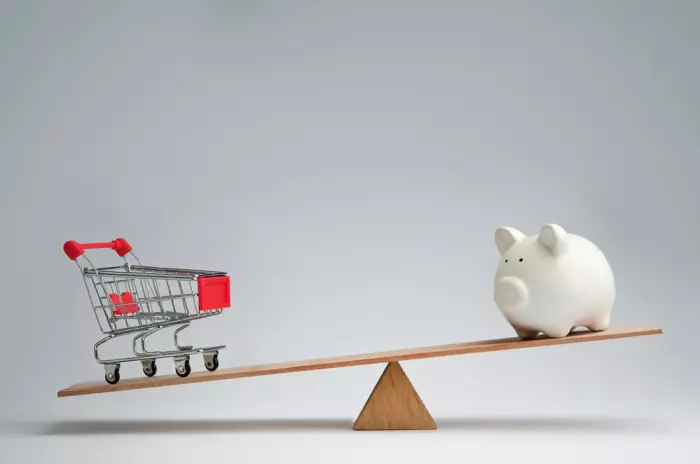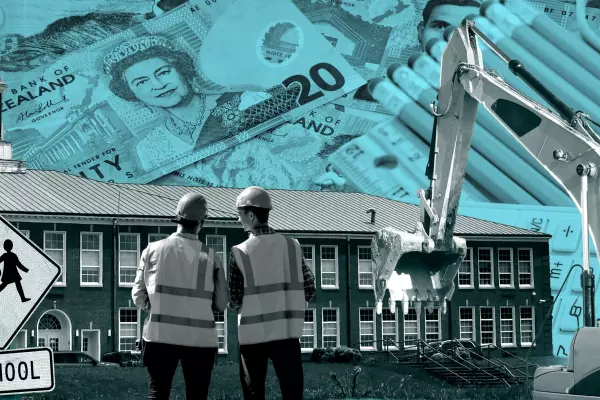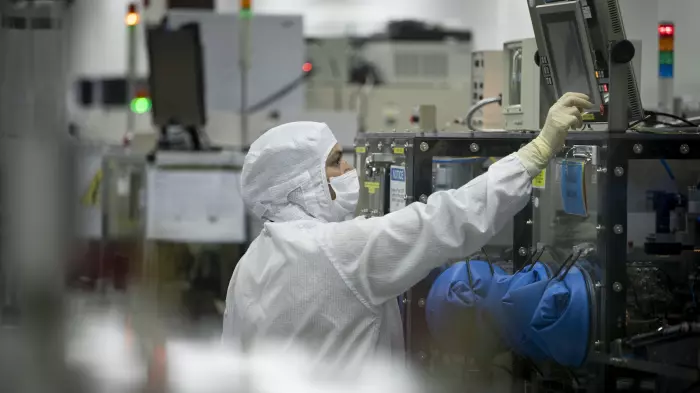Inflation for the second quarter of 2022 hit 7.3%, slightly above what the Reserve Bank (RBNZ) and most economists expected.
This increases the chances that RBNZ will need to lift the official cash rate (OCR) beyond the 3.95% peak it has pencilled in for 2023.
Whether it actually decides to take a more aggressive approach will probably hinge more on what happens in the third quarter, because the inflation projection which underpins the OCR projection predicts the rate of inflation will peak in June and begin to fall by September.
So, a slightly elevated second quarter figure may not be enough to put any extra upward pressure on the OCR on its own – but any further increase in the rate from here surely will.
ANZ economists said today's announcement was enough to force the RBNZ to lift its OCR forecast, although most other bank economists thought they would hold to the current OCR track.
Domestic and imported
Also, coming in above expectations was non-tradable or domestic inflation at 6.3%.
Kiwibank economists said although the origins of inflation were international, strong domestic inflation would make it more stubborn.
"The growing strength of domestically generated inflation, however, is of greater concern. Because it’s the kind of inflation that’s harder to tame," they said.
Much of the political debate will centre on this question of domestic or imported inflation, with the government eager to point to the global picture of high inflation and the opposition trumpeting high domestic inflation figures.
Both sides are right. The data clearly shows that inflation is BOTH imported and domestic.
It's worth noting that compared to the long-run average, imported inflation has increased by more than domestic inflation because it hovered around 0-1% during the era of low inflation and is now 9%, while domestic inflation has been higher historically at about 2% and is now at 6%.
However, even if imported inflation quickly returned to negligible levels – a possibility with falling fuel and commodity prices and slowing global demand – domestic inflation would be harder to shift, so cannot be discounted even if the increase in imported inflation has so far been more pronounced.
The actual sources of inflation
So, which goods and services are actually driving the headline 7.3% inflation rate?
To answer this question, we can look at the broad groups of goods and services broken into domestic and imported.
On the domestic side, housing is the biggest contributor, with a 9% inflation rate. Housing includes the construction costs of building a new house, rents as well utility bills, and accounts for more than one-quarter of the total consumer price index (CPI) basket.
On the imported side, transport, with petrol as a significant contributor, is the main culprit.
Transport inflation is running close to 20%, with the cost of petrol up 32% in the past 12 months.
Transport is 19% of the CPI basket.
Despite the hefty rate of inflation, transport is one area where there's cause for optimism, because a fall or plateau in the price of petrol would take some heat out of the headline inflation figure.















